British hedgehogs are in decline: different surveys tell the same story
Although there has never been a full national census of hedgehogs, indications are that British populations have been in decline for some time. Estimated roughly to number about 30 million in the 1950s, a recalculation in the 1990s suggested only 1.5 million. For the current study, researchers at BTO analysed five different long-term data sets (including three bird surveys run by the BTO where volunteers record hedgehogs) and concluded that the proportion of sites with hedgehogs may have declined as much as 40% over the past ten years, based on current annual rates of change. The BTO/JNCC/RSPB Breeding Bird Survey (BBS) has included selected mammals since 1996 and the overall decline in hedgehogs over the last 13 years is estimated at 66%. From 2002 to 2009, the number of sites reporting dead hedgehogs declined by 52%. BTO’s Waterways Breeding Bird Survey shows a similar pattern but with marked fluctuations from year to year making the overall trend difficult to assess. Covering mainly rural areas, Mammals on Roads has been run by PTES since 2001 and by 2009 this survey revealed significant declines in the overall occurrence of hedgehogs (-15%) as well as in numbers of dead hedgehogs found (-22%).
Two long-term surveys provide information on changes in hedgehog use of gardens – mainly in urban and suburban areas but not entirely so. PTES’ Living with Mammals shows a overall decline in hedgehog sightings of 32% between 2003 and 2010, whereas BTO’s Garden BirdWatch shows a steeper decline in hedgehog sightings in gardens of 36% just between 2007 and 2010. Recent declines are in agreement with opinions canvassed by PTES’s Hogwatch survey, and longer-term trends are supported by the Game and Wildlife Conservation Trust’s long-running game bag census.
Reasons for hedgehog declines are still not known for certain but hypotheses include the continuing intensification of agriculture (for example reductions in permanent pasture, loss of hedgerows and field margins), the fragmentation of habitat in urban areas, and predation by badgers. In response to these worrying statistics, PTES and BHPS have launched a new initiative - Hedgehog Street – with the aim of improving gardens to make neighbourhoods more hedgehog-friendly (www.hedgehogstreet.org). It is clear that volunteer BTO surveys such as GBW, BBS and WBBS have a lot to contribute to knowledge on the status of hedgehogs in Britain. Participating in these surveys as well as those run by PTES and other organisations will continue to help support conservation efforts for this charismatic species.

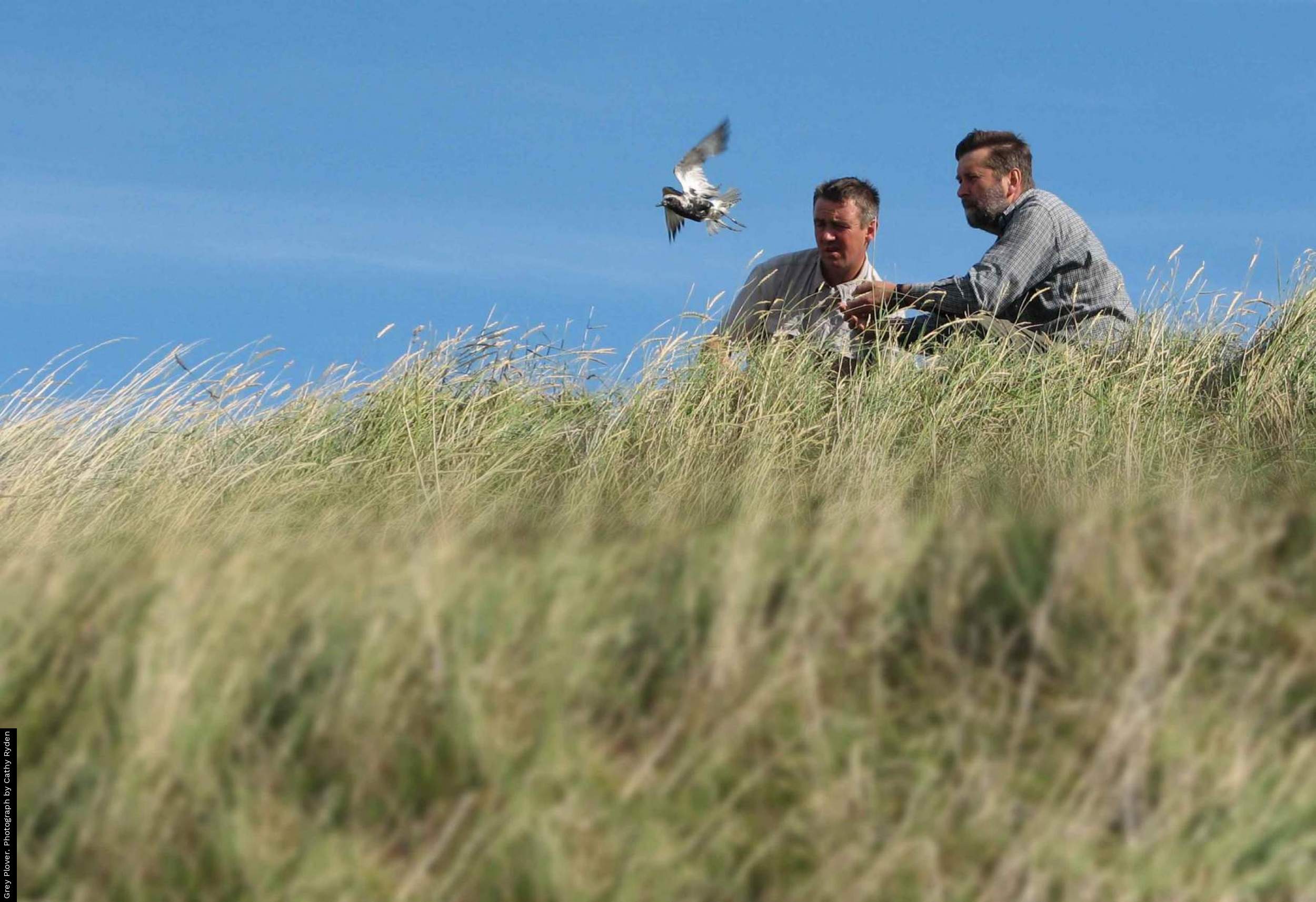
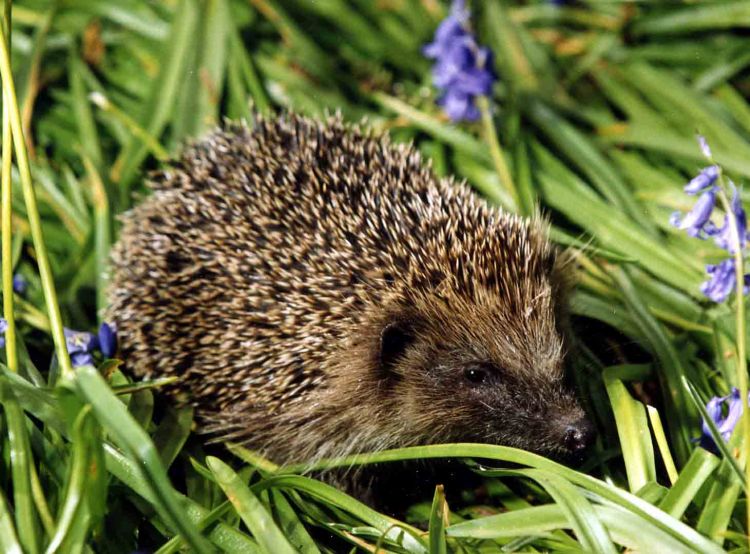
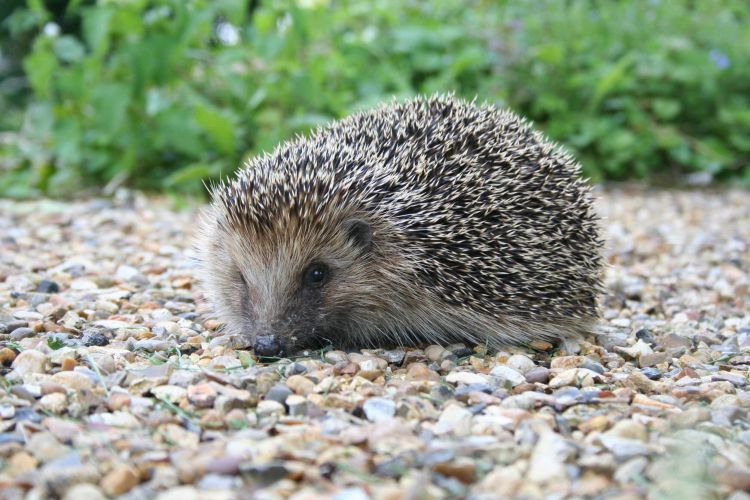

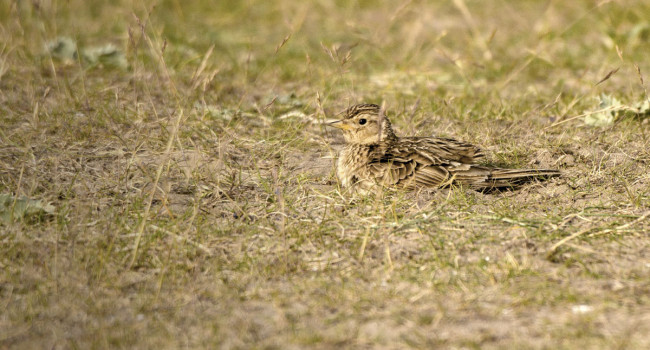
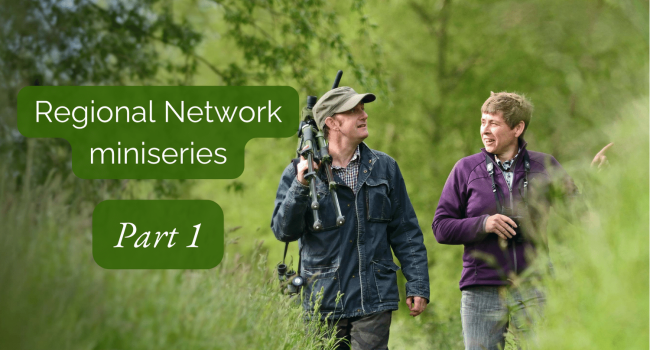

Share this page